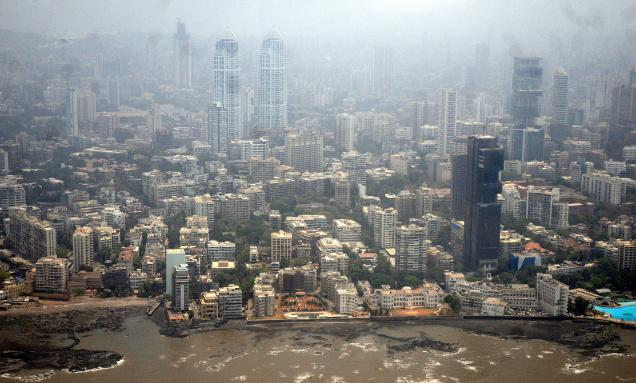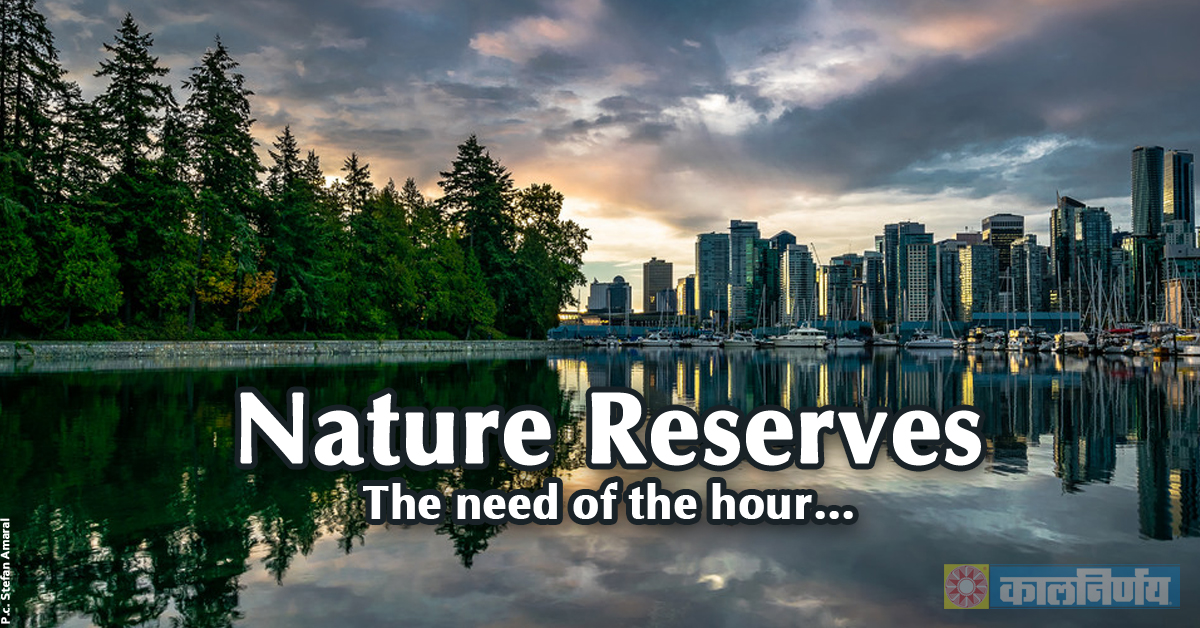Our Environment – a matter of concern
People need food and water, space in which to live, air to breathe, and energy to drive their machines. Consequently, many environmental problems have been caused by people. Global warming, acid rains and holes in the ozone layer are three examples of manmade problems. A connection with nature is, therefore, a must-have, not just a good-to-have.
Ecology teaches us that every living thing has its own place in nature. Ecology also helps us understand how plants and animals depend on each other and their surroundings in order to survive. This relationship is called a ‘food web’; energy passes through the community via this food web. Therefore, this food web has to be nurtured and nature has to be cared for.
The urban area on our planet is estimated to triple between 2000 and 2030. We are already halfway through that time period. Currently, we are losing hundreds of species of animals to extinction. Add to this the declining population of various other species.

Alarming indeed! The most glaring example is the fast vanishing sparrows from our cities.
This alarming situation has made it evident that it’s not enough for cities to plant a million trees, preach the gospel on backyard gardens, or build green roofs and smart streets. The trees, shrubs and flowers that we grow have to benefit birds, butterflies and other animals. They need to become a habitat for breeding, shelter and food. Where possible, the habitat needs to be arranged in corridors where wildlife can safely travel. And this is where nature zones come into play.
Nature reserves in urban areas – The right solution
Nature reserve is a protected area for wildlife, flora, fauna or features of geological or other special interest. Nature reserves are created for conservation of nature. In a way, nature reserves are jungles amidst concrete jungles. Several cities all over the world, including Singapore, have taken a lead in creating such urban reserves.
Key encouraging results that have emerged out of nature zones are:
- Tangible economic benefits which include flood regulation, noise reduction and air quality improvement.
- Urban forest areas provide climate regulation.
- Green spaces play a significant role in improving human health by reducing stress.
- Urban agriculture can contribute to soil conservation and urban biodiversity.
Singapore, in particular, works hard at establishing connections between built-up urban environments and nature. Singapore’s decision to set aside land for nature reserves and parks — even while intensifying land use elsewhere —is a conscious choice which is never easy, especially when you consider the competing uses for housing, industry, defence and transport infrastructure. And yet, Singapore believes that nature reserves stand to benefit all Singaporeans.
[youtube https://www.youtube.com/watch?v=ZerPML0QAec]
India -A case for nature zones in the urban areas
Our country needs nature reserves in urban areas as soon as possible. Half of the world’s 20 most polluted cities are in India according to a World Health Organisation report. This survey also indicates that industrial and vehicular exhaust is choking large parts of the country.
Take the example of Hyderabad. The city witnessed rapid urbanisation, coupled with indiscriminate concrete construction and this raised the average summer temperatures by around 4 degrees Celsius over the past few decades.
However, there are a few positive initiatives to cheer for. Our army has worked hard to conserve nature and create some sort of nature reserves within its premises. In my own city Pune, you see thick foliage in the Southern Command area of the army. This foliage is a treat for the eyes.
Another positive step taken in Pune is Anandvan, a forest area in Kondhwa which was virtually neglected and had turned into a big dumping ground. The residents in the neighbourhood came together, cleaned the area, got rid of anti-social elements and planted trees. The trees have ever since grown and the place has turned into a mini nature reserve.

Hopefully, these endeavours of mini nature reserves will take root across our country.
Nature reserves in urban areas are the need of the hour. In such a situation, these nature reserves that render tangible economic benefits which include flood regulation, noise reduction and air quality improvements.
Mumbai’s concrete jungle and dense population make a strong case for nature reserves. Mangroves play a key role in conserving nature. They act as a natural barrier against floods, protect the shoreline from soil erosion, and absorb almost eight times more carbon dioxide from the atmosphere than any other ecosystem.

There is just one national park (Sanjay Gandhi National park) in Mumbai which can be termed as a nature reserve. The city needs more than one national park and the surviving mangroves need to be conserved.

